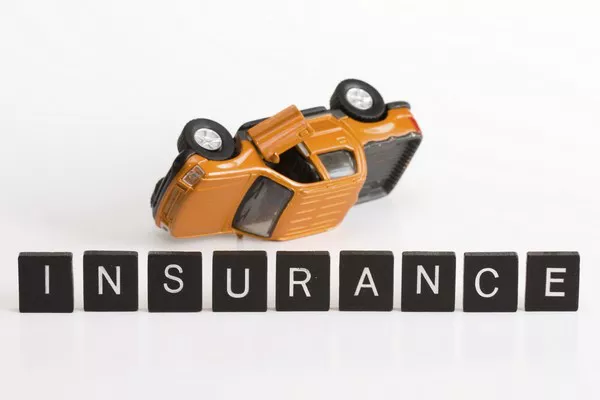When it comes to protecting your vehicle, choosing the right insurance coverage is paramount. Comprehensive and third-party car insurance are two common options, each offering distinct levels of protection. Understanding the differences between these policies is crucial for making an informed decision. In this article, we’ll explore the key features of comprehensive and third-party car insurance, compare them across various aspects, and provide insights to help you choose the most suitable option for your needs.
Clear Definitions
1. Comprehensive Car Insurance:
Comprehensive car insurance, often referred to as “full coverage,” provides extensive protection for your vehicle. It covers damage caused by a wide range of events, including accidents, theft, vandalism, natural disasters, and more. In addition to covering damage to your own vehicle, comprehensive insurance may also include benefits such as roadside assistance, windscreen cover, and coverage for personal belongings damaged in the car.
2. Third-Party Car Insurance:
Third-party car insurance is a basic level of coverage that protects you against liabilities arising from damage caused to other people’s vehicles or property. It does not cover damage to your own vehicle or injuries sustained by you or your passengers in an accident. Third-party insurance is mandatory in many jurisdictions and is typically less expensive than comprehensive coverage.
Examples:
1. Comprehensive: If your car is damaged in a hailstorm or stolen, comprehensive insurance would cover the cost of repairs or replacement.
2. Third-Party: If you accidentally rear-end another vehicle, causing damage to the other car and injuring the occupants, third-party insurance would cover the cost of repairs to the other vehicle and any medical expenses for the injured parties, but not the damage to your own car or any injuries you sustain.
Coverage Comparison Table
| Aspect | Comprehensive Car Insurance | Third-Party Car Insurance |
| Damage to Own Vehicle | Yes | No |
| Damage to Other’s Vehicle | Yes | Yes |
| Bodily Injury (Own) | Yes | No |
| Bodily Injury (Others) | Yes | Yes |
| Additional Benefits | Roadside Assistance, Windscreen Cover, | No additional benefits |
| Coverage for Personal Belongings, etc. | ||
| Average Cost | Higher | Lower |
| Factors Influencing Premiums | Vehicle Age, Driving History, Location, | Driving History, Location, Vehicle Type, |
| Coverage Limits, Deductible, etc. | Policy Type, etc. |
Factors to Consider When Choosing
1. Value and Age of the Car:
If you have a newer or more expensive vehicle, comprehensive insurance may be a better option as it provides coverage for damage to your own vehicle. Older or less valuable cars may be adequately protected by third-party insurance.
2. Budget and Affordability:
Third-party insurance is generally more affordable than comprehensive coverage, making it an attractive option for individuals on a tight budget.
3. Driving History and Risk Profile:
Individuals with a history of accidents or traffic violations may benefit from comprehensive coverage, as it offers broader protection against various risks.
4. Location and Typical Driving Conditions:
If you live in an area prone to natural disasters, vandalism, or theft, comprehensive insurance can provide peace of mind by covering a wider range of potential risks.
FAQ
Q: Is comprehensive insurance always more expensive than third-party insurance?
A: Not necessarily. The cost of insurance depends on various factors, including the value of your car, your driving history, and the level of coverage you choose.
Q: Can I add additional benefits to my third-party insurance policy?
A: Some insurance providers may offer optional add-ons, such as roadside assistance or windscreen cover, for an additional fee. However, these options are typically more limited compared to comprehensive coverage.
Q: What happens if I choose third-party insurance and my car is damaged in an accident that’s not my fault?
A: In such cases, the other party’s insurance should cover the cost of repairs to your vehicle. However, if the other party is uninsured or underinsured, you may end up having to pay for the repairs yourself unless you have additional coverage such as uninsured motorist protection.
Conclusion
In conclusion, choosing between comprehensive and third-party car insurance requires careful consideration of your individual needs, budget, and risk profile. While comprehensive coverage offers broader protection, third-party insurance may be more suitable for those looking to minimize costs. Evaluate your options carefully and consider consulting with an insurance agent to determine the most appropriate coverage for your situation.


